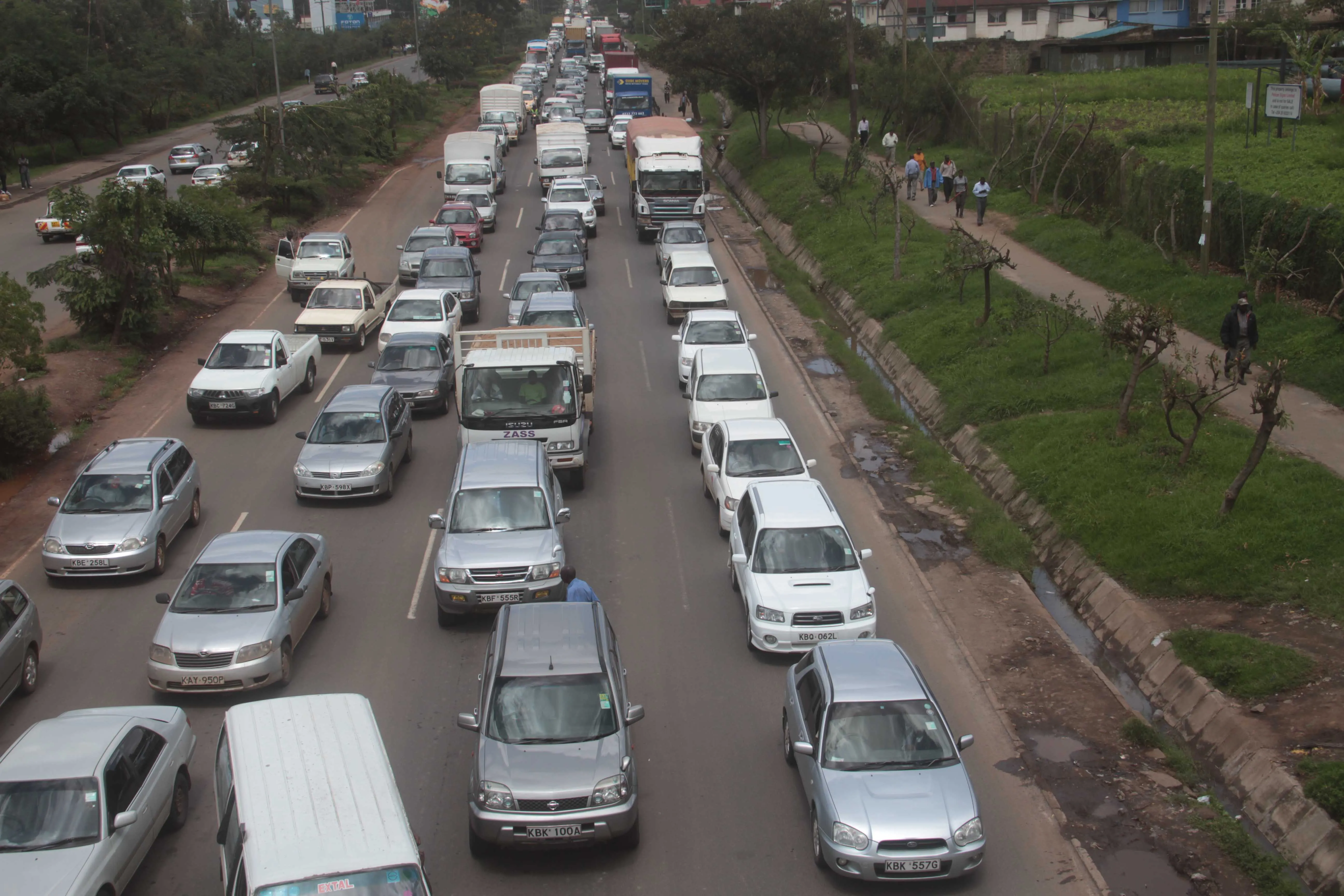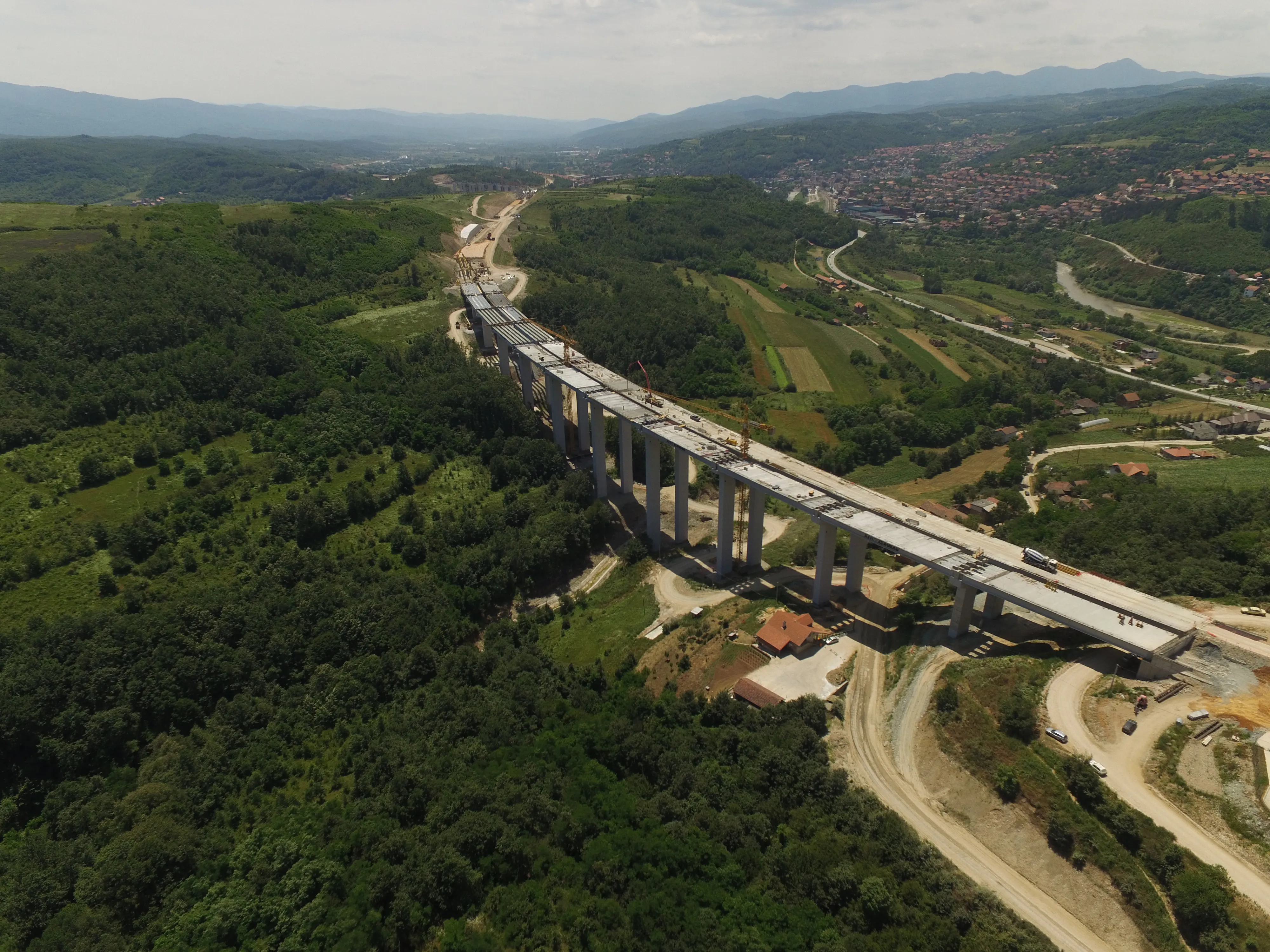France’s overseas development agency, Agence Française de Dévelopement, has earmarked US$200 million for the planned Kampala-Jinja Expressway in Uganda.
Construction is expected to start next year on the 77km four-to-six lane toll road, a public-private partnership.
The expressway will start at Nakawa, a neighbourhood of the capital city Kampala, and end at the New Jinja Bridge, now under construction in the town of Njeru.
The New Jinja Bridge, also referred to as the Second Nile Bridge or the New
June 6, 2016
Read time: 1 min
France’s overseas development agency, Agence Française de Dévelopement, has earmarked US$200 million for the planned Kampala-Jinja Expressway in Uganda.
Construction is expected to start next year on the 77km four-to-six lane toll road, a public-private partnership.
The expressway will start at Nakawa, a neighbourhood of the capital city Kampala, and end at the New Jinja Bridge, now under construction in the town of Njeru.
The New Jinja Bridge, also referred to as the Second Nile Bridge or the New Nile Bridge, will complement the Nalubaale Bridge, which was built in 1954.
The bridge is around $125 million, of which the government of Japan will finance 80% over ten years to Uganda. Uganda will fund the remaining $25 million out of its own coffers.
Construction is expected to start next year on the 77km four-to-six lane toll road, a public-private partnership.
The expressway will start at Nakawa, a neighbourhood of the capital city Kampala, and end at the New Jinja Bridge, now under construction in the town of Njeru.
The New Jinja Bridge, also referred to as the Second Nile Bridge or the New Nile Bridge, will complement the Nalubaale Bridge, which was built in 1954.
The bridge is around $125 million, of which the government of Japan will finance 80% over ten years to Uganda. Uganda will fund the remaining $25 million out of its own coffers.









